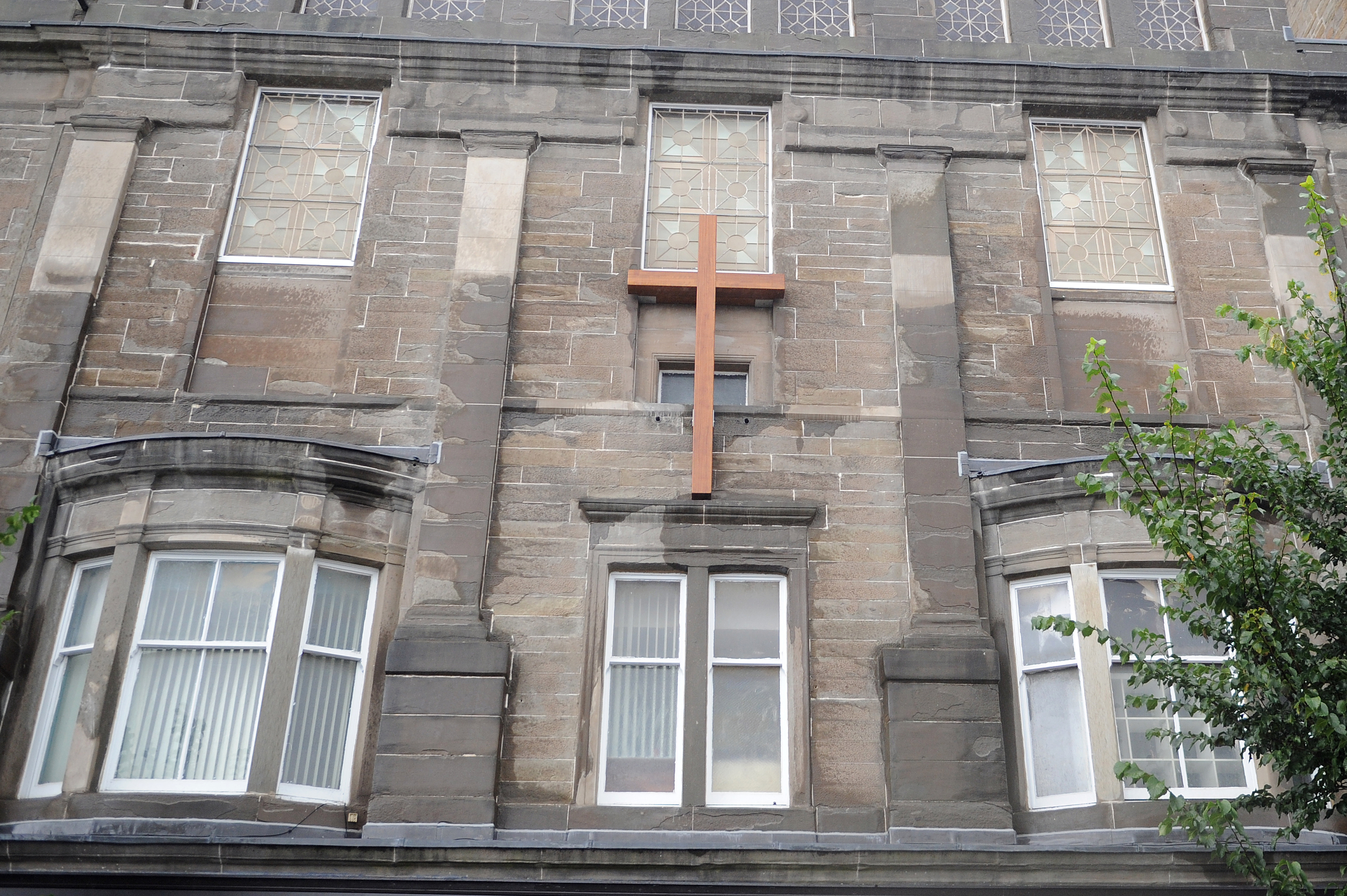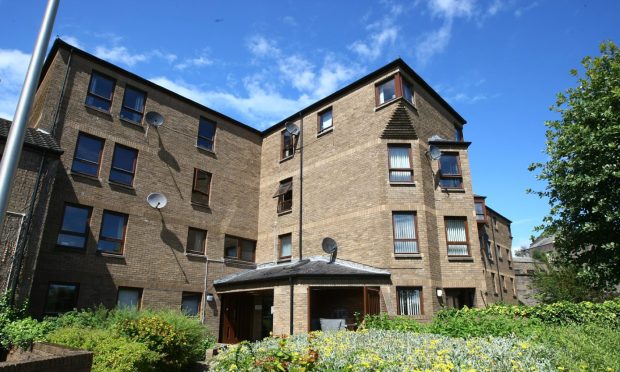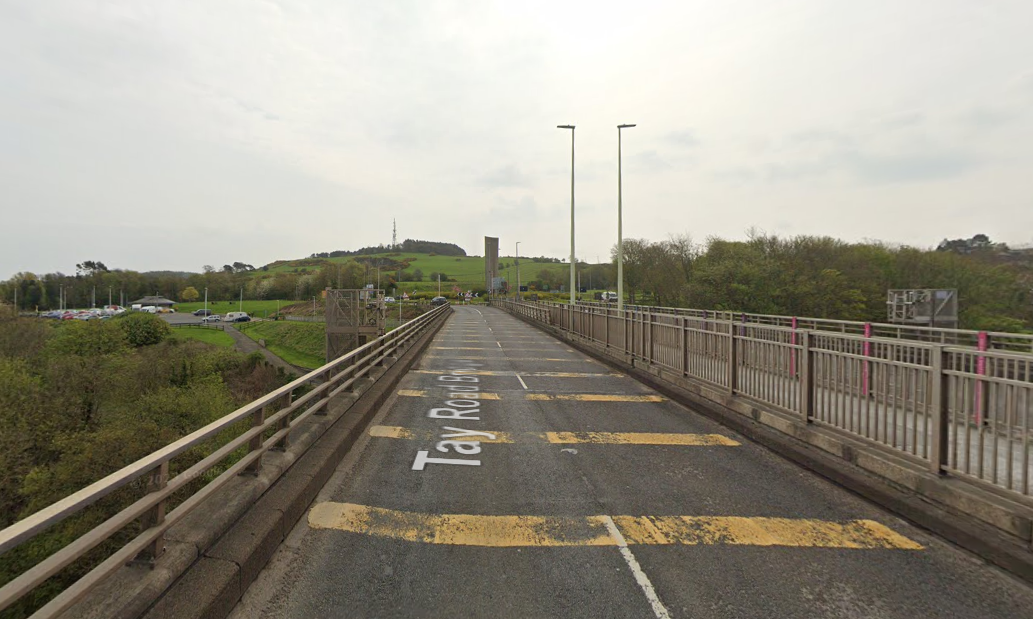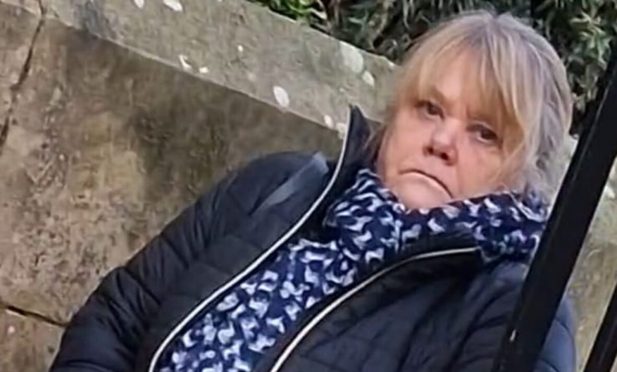A Dundee church forced to remove a giant cross has formally applied for planning permission to put it back up.
Gilfillan Memorial Church fell foul of planning laws when it erected a giant 12-foot tall cross on the rear of the building in October last year.
It was forced to remove the cross in November but has now formally applied to put it back up on the B-listed building, located on Whitehall Crescent.
The structure was originally put up between the second and third floors of the church but planning permission is required for any large signs or advertising billboards put up on the side of buildings.
Churches are exempt from listed building controls due to what is known as ecclesiastical exemption.
However, this is limited to the interior of the buildings and as such, alterations to the exterior of a building must still go through the secular planning system.
Church secretary Bill Allan said at the time that the failure to apply for planning permission was an oversight, saying: “A thought B was doing it, and B thought A was doing it.”
If the church’s application is unsuccessful and it is unable to reach an accommodation with the planning authority, the application is then referred to the decision-making body within the denomination concerned.
Amid the row, the church gained support from an unusual source.
The Scottish Secular Society lent its weight, saying that, despite the size of the cross, which was visible from across the waterfront area, the church was “within its rights” to display it as long as it secures the necessary permission.
Chairwoman Megan Crawford said at the time: “The Scottish Secular Society consider a church, or any religious organisation, displaying a symbol of their faith to be potentially viewed by the public to be fully within their rights of worship.
“As long as the Gilfillan Memorial church is not building on other people’s property, and remaining solely on their own, then it is their right to erect a 12-foot- tall crucifix.”
The church was constructed in 1887 in memory of George Gilfillan, a preacher and poet who counted both William McGonagall and Thomas de Quincy, the writer of Confessions of an English Opium Eater, among his friends.
It gained listed status in 1965.










